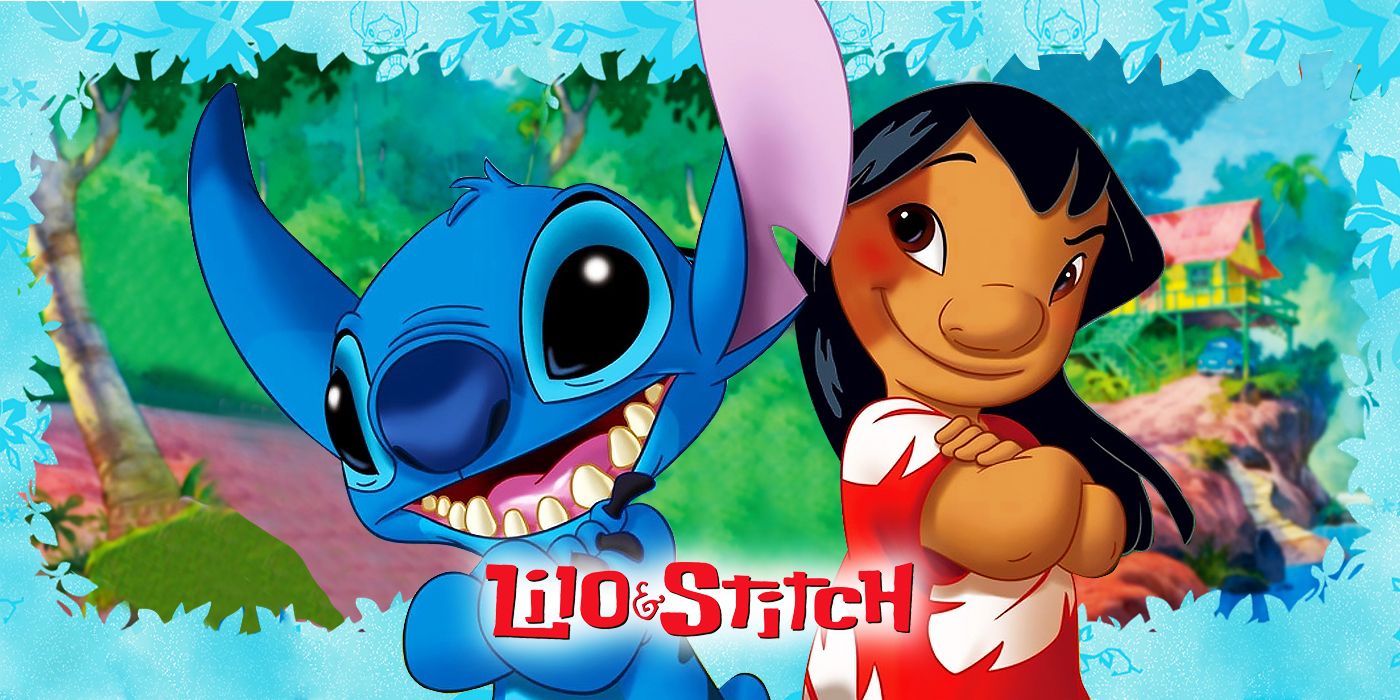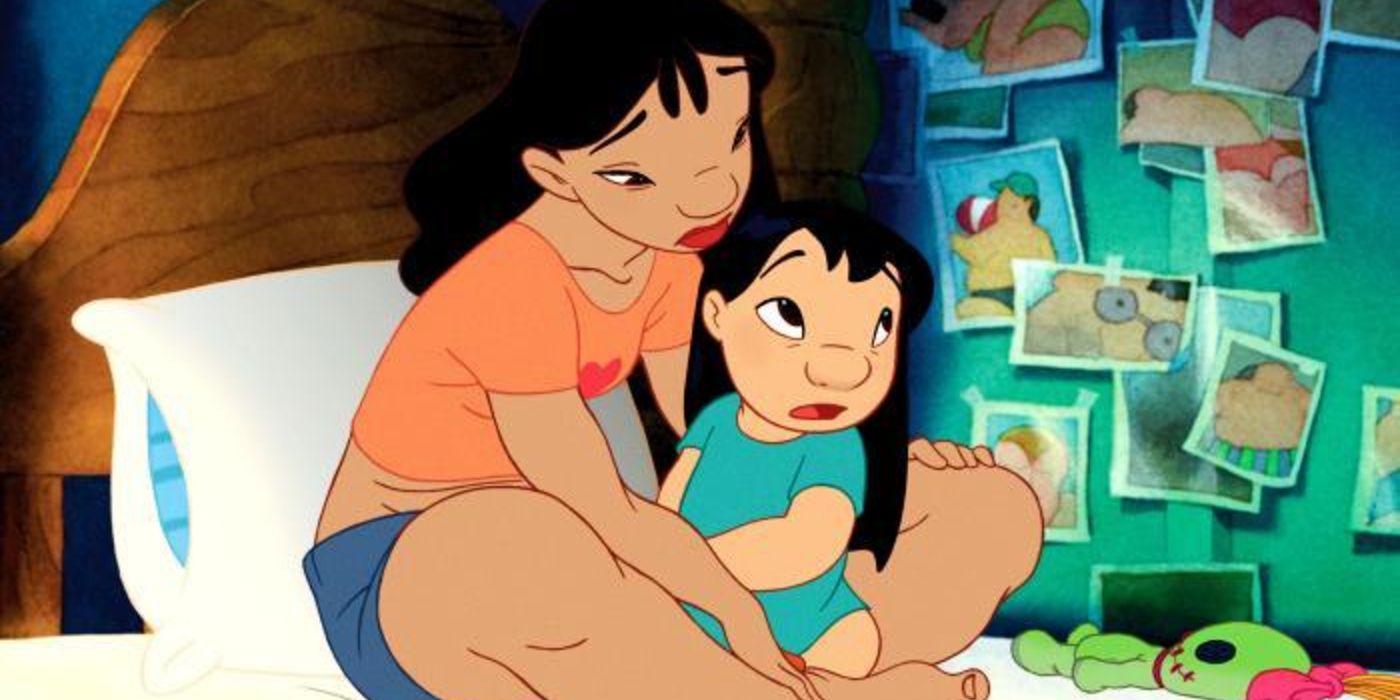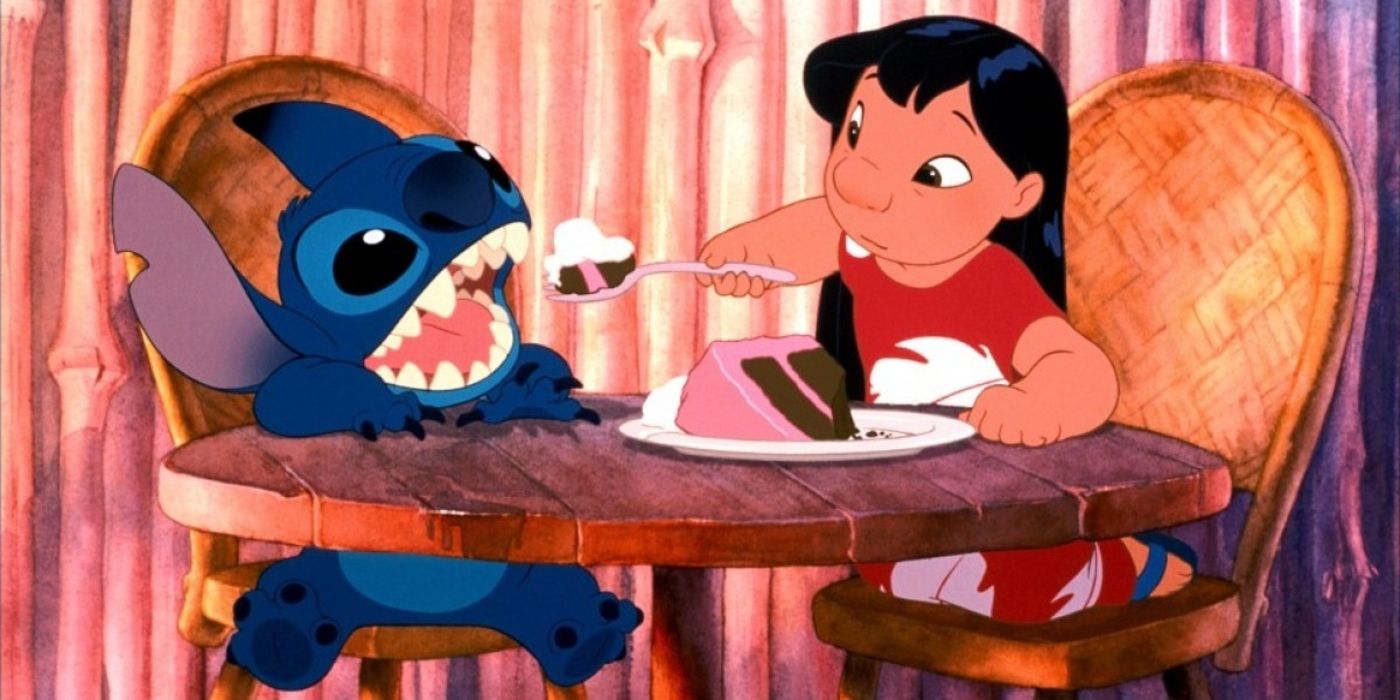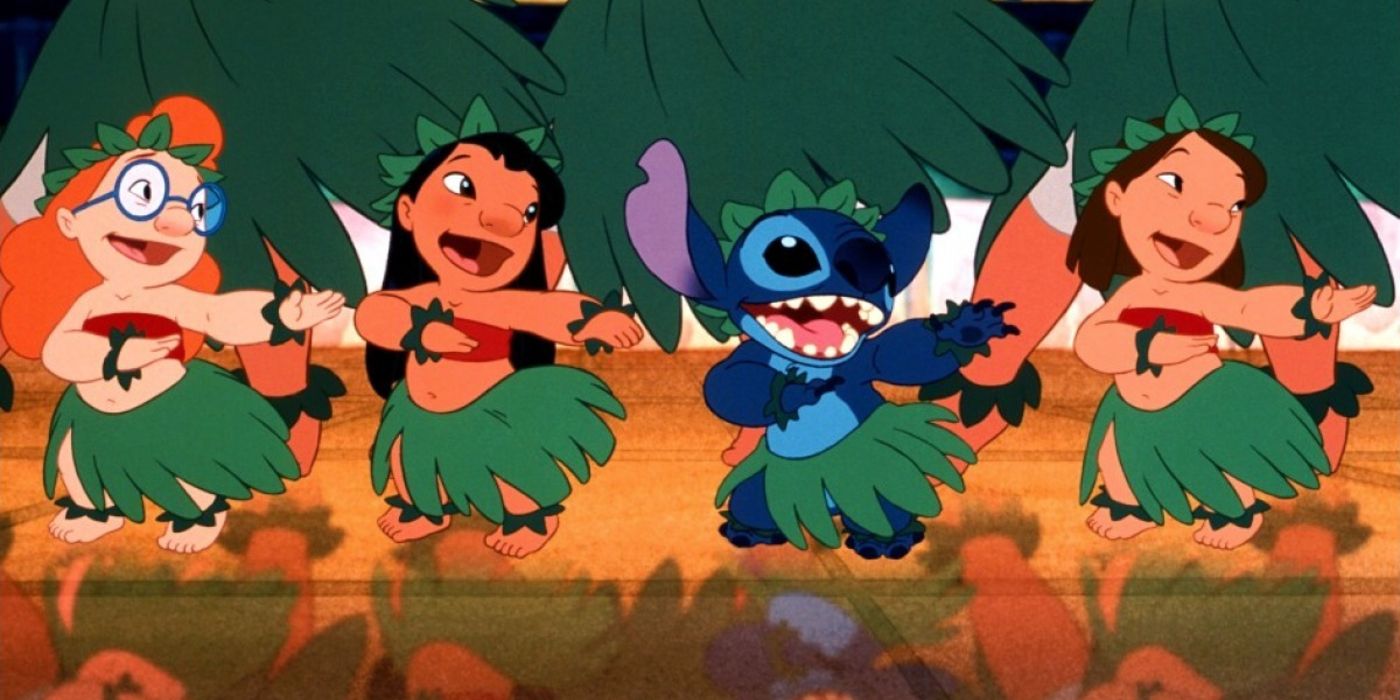Overcoming the death of one parent is never easy, let alone both of them. For six-year-old Lilo, voiced by Daveigh Chase and her 19-year-old sister Nani, voiced by Tia Carrere, it’s the one tragedy they never saw coming. After losing both parents in a car accident, Lilo is left in the care of her older sister Nani. Chris Sanders’ and Dean DeBlois’ animated film Lilo and Stitch unravels the precarious nature of trauma in the lives of two young sisters, forced to grow up faster than most.
Lilo & Stitch redefines trauma’s misconception as an exclusively internal experience and unveils its outward continuation. Viewers, especially children, understand that traumatic experiences don’t exist in a vacuum. Healing can only occur through the outside forces that Nani and Lilo try to rely on to survive. Nevertheless, the same external powers only become an obstacle in their path to healing. Whether it’s the social worker Cobra Bubbles, voiced by Ving Rhames, hoping to take Lilo away from Nani, or the other little girls in Lilo’s dance class bullying Lilo for her eccentric personality, structures of power reinforce their symptoms of trauma.
When Nani and Lilo lost their parents, it also felt like they lost those around them on the island of Kauaʻi, Hawaii. In their neglect, the people of Kaua’i isolated Nani and Lilo in their grief. This isolation only exacerbates the pain and anger that both felt after losing their parents. Distance, in the film, was the response to the community’s understanding of trauma. It’s as if the more removed Lilo and Nani were from the rest of Kaua’i, the less likely their tragedy would penetrate their well-being. What does it say about the human condition, that it took a being from outer space to give back that sense of family or community? This festering rage that both Lilo and Nani carry after losing their parents manifests in the form of Stitch, voiced by Chris Sanders. Stitch becomes the same thing that helps them understand that hurt.
Stitch is an extraterrestrial being, product of an experiment by Dr. Jumba Jookiba, voiced by David Ogden Stiers, from the world of Deep Space. He lands on Earth after escaping from an intergalactic federation. Mistaking Stitch for a dog, Lilo adopts him. Throughout their developing bond, Stitch’s proclivities for destruction turn into longing for connection. Lilo begins to see herself in Stitch’s more angry and harmful tendencies. It’s not Lilo’s immediate identification with Stitch’s initial destructive personality that makes her adopt him. Instead, it’s the same longing in herself for any connection that draws her to Stitch. That desire to be understood for all her complexities.
Lilo is misunderstood in her grief by everyone around her, even ridiculed for it. In Stitch, she sees a friend. She sees a way to channel that anger and pain from her loss into helping Stitch, making him part of their family, and making her own kind of community. When Nani threatens to send Stitch back to the pound, it’s Lilo’s resounding “ohana means ‘family’ and family means ‘nobody gets left behind” that echoes through the house. It’s a call for help at that moment. A reminder to Nani that Lilo’s perpetual inner struggles come from the loss of family. That Lilo’s struggles have become her struggles. By taking Stitch away, Nani would also take away the only thing Lilo has to support. Stitch is the only “other” there for Lilo at the beginning of the film.
However, it’s not Nani’s fault she can’t be there for Lilo. It’s not so much that she has to take care of her sister, but a question of who is taking care of Nani after the death of their parents. Nani’s grief is expressed through the frustration and restrictions of Lilo’s life, but more importantly, it shows a community that wasn’t there for these young girls. Audiences often forget that Nani is only 19 years old. Young adults who frequently feel rushed into adulthood see themselves in Nani. Nani becomes the central figure of tension in Lilo & Stitch. How does someone like Nani grapple with her role as a parental figure for Lilo while still being a child herself?
Lilo & Stitch answers this question with another: what exactly is the role of the government? Is it to take Lilo away from Nani, as opposed to helping them, or mediate relations between extraterrestrial beings? Their presence only worsens the conditions in which Nani tries to provide for her sister up until this point. No further assistance, or options, are given to Nani. The only solution these external forces provide for Nani is to take away Lilo, comparable to her parent's fate.
It suggests that the power structures themselves either don’t or aren’t willing to understand suffering. The film is bestowing Lilo the authority on the nuances of trauma. She regains agency over her healing, as she is the one who sees past Stitch’s hard exterior. In virtue of that, Lilo becomes an active participant in her healing process. More than anyone else, she understands that family comes in many forms, just like her response to a tragedy. That grief is often anger, anguish, laughter, and even love.
Lilo & Stitch, on a deeper level, becomes a disturbing commentary of the burden imposed on children. Whether it’s Lilo at six or Nani at 19, expectations become suffocating, often overwhelming. Nani works several jobs to provide for Lilo. Others dismiss Lilo’s inner turmoil. Governmental and communal structures impose an unfair paradox that children will never resolve in the wake of loss. It characterizes grief as an isolated incident meant to be handled within, with no connection to the outside world. If only it were that easy, Nani wouldn’t have had to sacrifice her childhood to care for her sister. Or Lilo having to look outside of this planet for a single bond to grasp.
Normalizing children to deal with their anxieties & pain on their own only deflects from those who add to that grief. Lilo's anger and Nani's frustration is only the symptom of a larger structure, like community, that abandons its neglected children to fend for themselves in a world already precarious to them.




